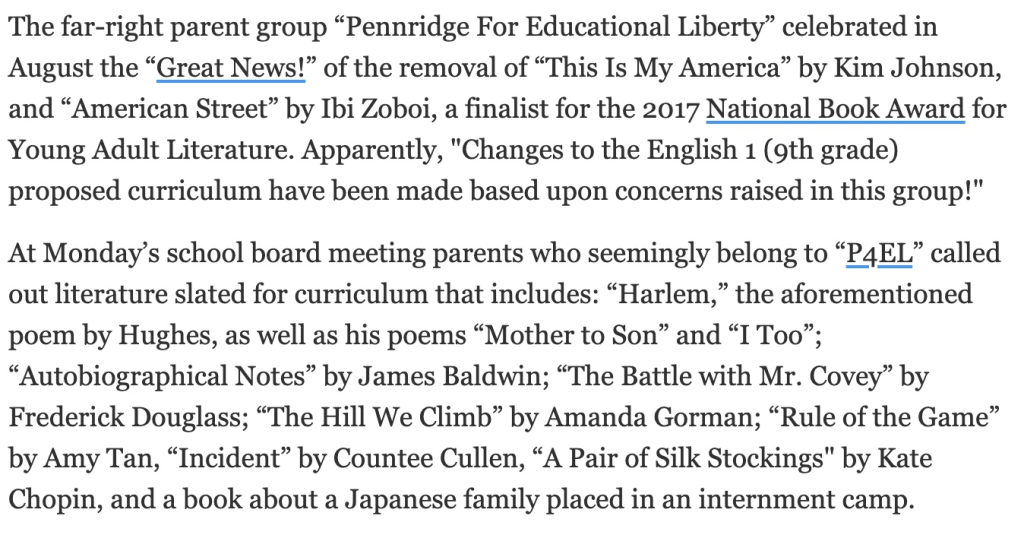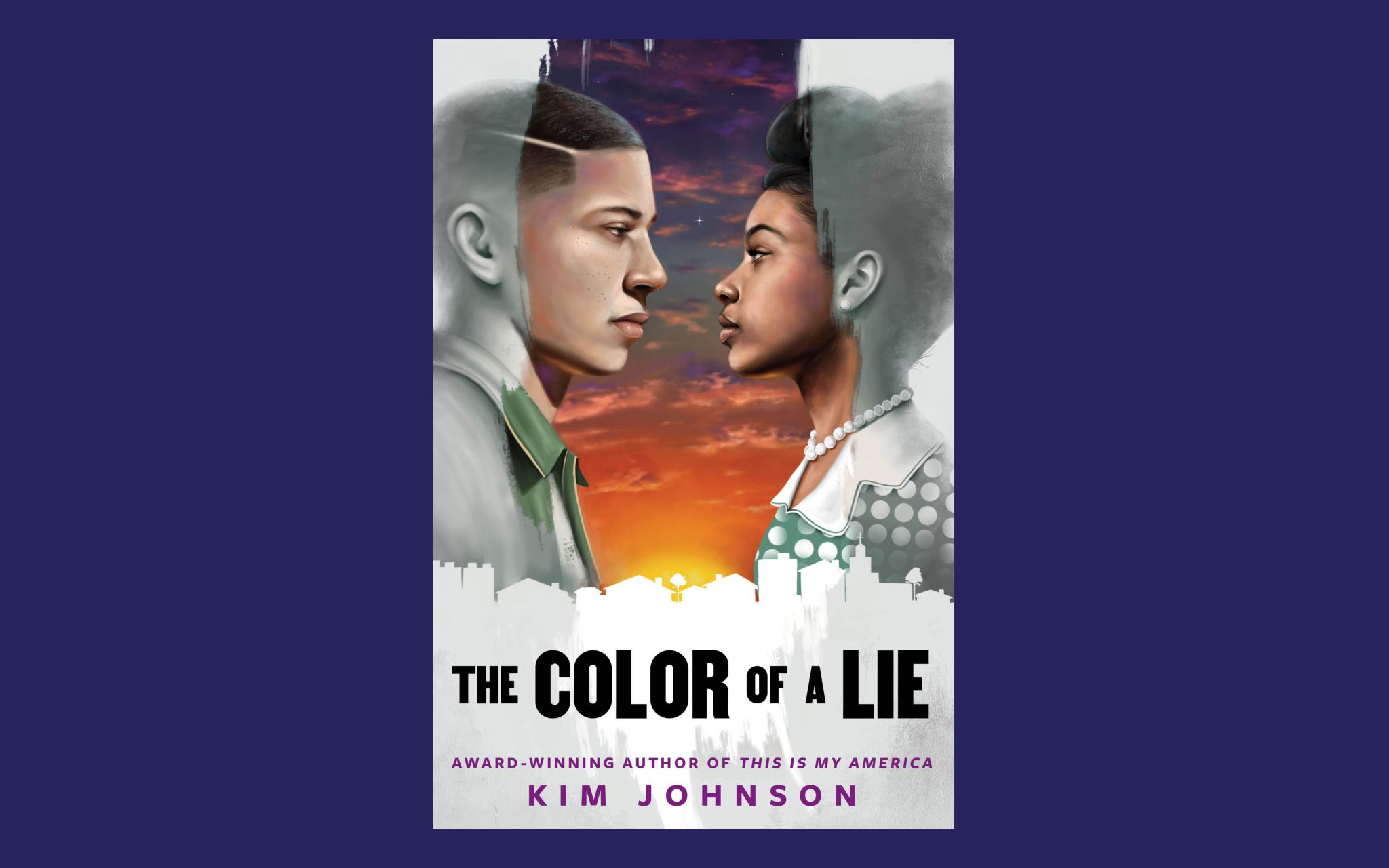Most white Americans are not familiar with the concept of ‘racial passing’. The idea is simple enough; an individual from a particular racial group is perceived as belonging to another and lives their life according to that assumption, but the reality of ‘passing’ is complex, troubling and often incredibly dangerous. In Kim Johnson’s latest young adult novel, The Color of a Lie, we meet a family in postwar America who feels compelled to ‘pass’ to capture their piece of the American dream.
At the start of The Color of a Lie, we are introduced to the Greene family who have recently purchased a home in highly desirable Levittown, Pennsylvania. The father, William Greene who is a World War II veteran, is the driving force behind the decision to move his wife Ann and son Calvin to Pennsylvania after an unspeakable family tragedy in Chicago. Calvin, a high school junior, is highly skeptical of his new town, friends, and neighbors as they differ dramatically from the life he knew in Chicago and because he and his family are keeping a secret- they aren’t white as everybody believes, but rather a Black family passing in the suburbs. Living life as a white teenager is eye-opening and difficult for Calvin. He struggles to hide his reactions and emotions as he watches how those around him reference and react to anybody different from who they’ve deemed acceptable. He longs for the familiarity of his hometown and watches as his parents suffer the pressure of concealing their true identity as a tradeoff for good schools, safe neighborhoods and equitable employment. When Calvin connects with peers in the Black community next to Levittown, a cyclone of events spins out of control putting Calvin, his family, and others in grave danger.
In this novel, Kim Johnson expertly navigates a tumultuous period of American history from the perspective of a young Black man who is uniquely able to see the racial divide from both sides. By showing how a family would ‘pass’, Johnson illuminates the way in which Black Americans were expected to behave in a white dominated society – no eye contact, make way on the street, speak when spoken to – but Calvin must unlearn these behaviors to convincingly live his lie. Johnson skillfully weaves historical events into her fictional narrative, allowing the reader to firmly place themselves within time, but also to understand the overall climate of our country. References to the Green Book, Brown v. Board of Education, White Circle League of America, Black migration, and perhaps, most profoundly, the murder of Emmett Till, remind the reader of the dangers and obstacles facing Black families in 1955 brought on by unleashed White Supremacy.
The motivation behind Mr. Greene’s decision to have his family ‘pass’ is one of the more subtle but important elements of this novel. After serving his country in WWII and being touted as a hero abroad, William Greene, the veteran, comes home to a country who viewed him as less-than because he was Black. By 1955, America had firmly defined the American Dream, and developers like Levitt & Son were creating neighborhoods that could make it a reality. Their inexpensive, well-equipped suburban homes allowed for middle class home ownership with one major exception – Black families were not welcome. After experiencing a heartbreaking loss in Chicago and being boxed out of a dream he fought to defend, William Greene capitalized on an advantage this country prioritized – the fairness of his complexion.
The importance of sharing stories from varied perspectives is critically important to young readers. Unfortunately, we have seen far-right extremist groups target and remove books from school libraries in an effort to suppress diverse voices. In fact, Kim Johnson’s debut novel, This is My America, was removed from Pennridge’s 9th grade curriculum in 2021. That novel was one of a handful of works – mostly penned by Black authors – singled out by a group of conservative parents and community members, who were dedicated to eliminating books by writers of color that explored difficult historical events.

Years later, Pennridge, and many other districts across the country, continue to fight for the integrity of their libraries and classrooms. Districts face the wrath of extremist parent and community groups and are beholden to school board policies ghost written by conservative think tanks or religious law firms like the Independence Law Center. Fortunately, parents are pushing back and demanding that their children have access to distinct voices in school libraries. Stories like, The Color of a Lie, provide invaluable viewpoints to young readers; particularly if they are raised in homogenous communities.
The Color of a Lie is a fast-paced, emotionally charged page turner. Kim Johnson writes her teenage characters in a compelling and believable way, complete with compulsive bad decision making, which will keep you on the edge of your seat. By effortlessly inserting true historical events into her characters’ experiences, she leaves the reader with a deeper understanding of the critical period between WWII and the start of the Civil Rights Movement. The fictional Greene family had to hide themselves behind a charade of whiteness to even be considered worthy of our country’s promise. The Color of a Lie shows how the American Dream was never truly meant to be inclusive. By illuminating that sad truth, we can better understand the dynamics between Americans in the past and as they persist today.
